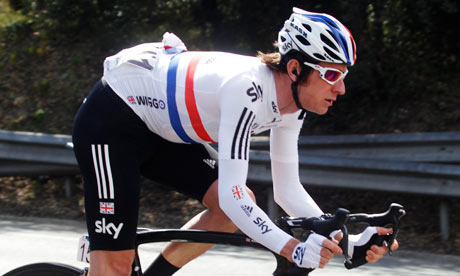frontal chain is more efficient over a TT effort than any hamstring recruitment. Sustained power output will be higher.
recruiting posterior chain(glutes, hamz) and lower leg muscles can increase instantaneous power output, but will lower absolute energy output over a sustained duration. They are less efficient (generally, though a muscle biopsy is the only way to confirm, and this is EXTREMELY variable person to person) Part of the reason anterior chain is more efficient is blood supply: Direct major arterial supply. Posterior is fed through penetrating branches with less total flow/fuel.
lots of people become considerably faster in a TT after switching to mid foot cleat position: take out lower limb muscles so they don’t have to stabilize the foot when applying power: isolate prime movers.
next time youre at a cross race look at the femur/tibia variation amongst the pro field. It’s huge. Sports tend to select a certain body type, but cycling seems to have a large amount of variation.
even at the top end of other sports, there are huge variations in proportions: people are in no way set to a certain proportion. I’ve seen huge differences in femur/tibia and humerus/radius-ulna and torso length. Limbs tend to be somewhat symmetrical, but this makes sense since they develop using the same set of HOX genes and during the same embryological period. Even though torso length is also highly variable, more or less everyone has the same # of vertebrae, they just change in size (random :a giraffe even has 7 cervical vertebrae.wtf.)
so, it goes without saying that some riders may be able to gain huge advances in aerodynamics by rotating forward about the bottom bracket without losing hardly any power up until the point that their hip angle is so closed that it impedes lung capacity/expansion.
Hansen is crazy as shit, but you can’t argue that his position is about as aerodynamic as you can get on a road bike.
consider, too, that he runs crazy long cranks. He has a pretty short torso too. You can see a good shot of this here:

compare this with fabian: totally different proportions, totally different fit, still incredibly skilled at sitting in the wind and hurting people

I think it’s fascinating how high the variation is in body types that can win a bike race. It’s part of why I still find cycling to be an interesting sport in contrast with running, which, for me, got boring quickly.
I should add wiggins, because I think he does it the most beautifully. I will sorely miss him in the peloton.




